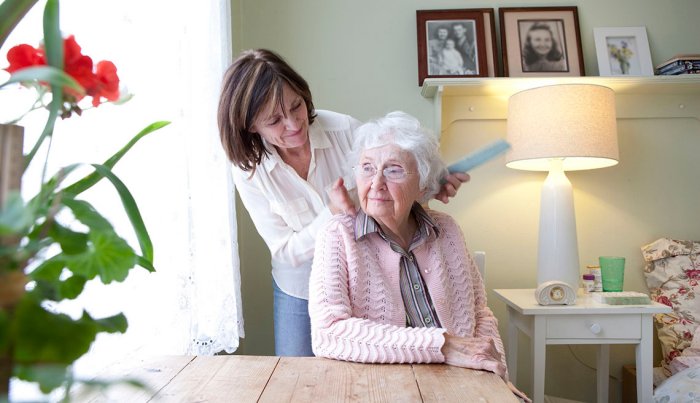
To make long-term caregiving sustainable, consider some boundaries
“We all have multiple roles,” I am telling about a dozen family caregivers at this How to Care for Aging Parents workshop. “We aren’t just adult children to our aging parents, but we are often spouses to our life partners. Parents to our children. Siblings. Aunts. Let alone dedicated workers in our jobs.” Several group members nod their heads in agreement. This idea makes intuitive sense to them.
But then I add, “We can’t give all of ourselves to only one of our roles — being a family caregiver. We have to set limits on the time and energy we spend caregiving to conserve ourselves for the other roles as well.” Their head nodding stops. No one speaks for a moment. They look uncomfortable. I’ve seen the same scenario play out in hundreds of other caregiver presentations over the past 30 years. The thought of setting limits on caregiving is making them feel guilty. The crime? Being a bad daughter or son and letting a parent down.
The concern is understandable. Adult child caregivers generally want to be there in Mom’s hour of need to show their love and give back to her for all she has given them in their lives. But none of them are comfortable with, say, putting off their teenage child who needs help with math homework or a relationship breakup or chronic anxiety because Mom is feeling lonely and wants company. Caregivers may not have the capacity to provide all the help to all the family members who rely on them.
To learn more about how to set boundaries as a caregiver, from AARP, CLICK HERE.


